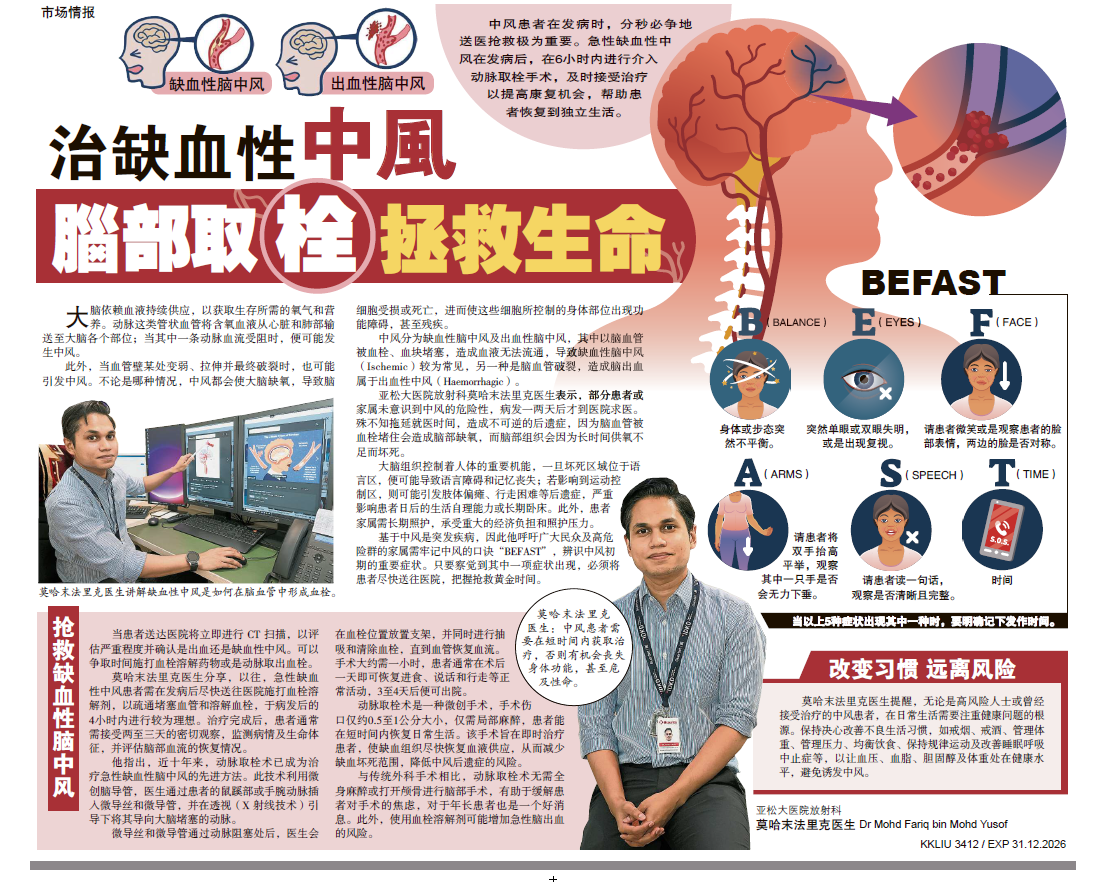Much has been written before in the non-medical press about the child who snores during sleep. Most of what has been written would have mentioned the association with obstructive sleep apnoea, big tonsils, sleep study tests and tonsillectomy. But not every child needs to go down this well-trodden path, although many children do benefit from this line of action. There are many distinct contributing factors for snoring, and variable levels of severity. Therefore one size fits all does not apply here, as various options besides sleep study and tonsillectomy can be explored.
Science of snoring and sleep apnoea.
Understanding the physics of snoring is essential to understanding treatment options. This is the area of flow dynamics, well understood by those with an engineering background. Snoring is sound generated by turbulent, that is non-smooth, flow of air through a narrowed upper airway. The faster the flow of air, which occurs in rapid breathing, and the narrower the air passage the more likely there would be noisy, turbulent flow. The upper airway is the part of the air passage that runs from the nose to the larynx or voice box. The voice box may be characterised as the gateway to the lower airway.
What may cause the airway to narrow? At the level of the nose, commonly, narrowing can occur due to an enlarged adenoid, swollen turbinates from allergic rhinitis or a viral cold and a deviated nasal septum. At the level of the throat, the most famous cause are enlarged tonsils. Also, do not forget that a small chin pushing the tongue backwards into the throat, and a fat neck too may narrow the throat.
However, regardless of whatever may narrow the upper airway, all cases of snoring worsen in deeper sleep as the muscles of the throat relax even more. This means that in the rapid eye movement (REM) phase of sleep, which is roughly the deep phase of sleep, snoring is at its loudest corresponding to relaxed throat muscles collapsing or shrinking inwards. Sometimes, the narrowing is so severe that no air can actually flow, resulting in apnoea, or a pause in breathing for few seconds to a minute. Breathing will jumpstart again once the percentage of blood oxygen drops to a critical level, setting off internal alarm bells, eventually leading to improved throat muscle tone, and a reopening of the throat airway.
Snoring alone without any disturbance of the rhythm of breathing during sleep is called primary snoring. This is noise pollution without any significant effect on the child’s sleep hygiene. Obstructive sleep apnoea (OSA) or sleep disturbed breathing (SDB) is worsening progression of primary snoring, which can be imagined to be different points of increasing severity along the same straight line.
Is it always necessary to have a sleep study?
For any medical problem the next step after making a tentative diagnosis is to do tests that support or disprove the diagnosis. In the case of snoring and sleep apnoea, the investigation of choice is polysomnography, or simply known as sleep study. This test measures airflow through nose and mouth, movements of chest and abdomen, electrical activity of the brain and heart, amongst other measurements of physical functions. This test helps to differentiate between disruptions in breathing due to airway obstruction and other neurological causes.
In my opinion, not all children need to do this test. The symptoms of primary snoring and sleep apnoea are very characteristic. A child who has a blocked nose, snores every night, has pauses in breathing, rolls around in bed, awakes frequently, has difficulty waking up and staying awake and has huge and kissing tonsils, cannot have anything else but obstructive sleep apnoea. Of course, not every child would be as severe as above, but a good doctor taking a comprehensive history and physical examination can come to a reliable diagnosis, without having to go for further investigations.
There are other practical reasons to the rarity that I order sleep study for children. Firstly, children’s lack of cooperation. Adults with suspected sleep apnoea do not really enjoy a whole night with strange devices strapped to them. Children would have a lower level of tolerance, with a high chance of pulling off the cables attached to their head and body. Secondly, a sleep study is a single snapshot of one night, which may not necessarily reflect the true general situation night after night. Thirdly, the cost of a full study can amount to over a thousand ringgit, and this is not covered by insurance medical cards in Malaysia. Such an amount is beyond the affordability of most Malaysians. Fourthly, even in other countries where the government bears the cost of such investigations, the waitlist to have such a study done is often almost one year. It is quite ridiculous to wait one year for a test when clinical nous can arrive at an immediate estimate of the degree of severity.
Are there alternatives to tonsillectomy for treatment of snoring and sleep apnoea?
In the case of children with huge tonsils, steam engine snoring and obvious apnoea, there is no dispute urgent tonsillectomy, with or without adenoidectomy, will alleviate the problem. The risks of surgery and general anaesthetic are far outweighed by the benefits of creating a wider airway. After the first ten days of painful swallowing, a price to pay for tonsillectomy, the child becomes less cranky and less hyperactive after having better quality sleep. A wider airway leads to less laboured and noisy breathing, and sounder sleep.
In children who are not as severe, in terms of frequency or intensity, as the case illustrated above, tonsillectomy is still a valid option. However, other non-surgical alternatives may be explored. Firstly, what is the gold standard for adults, the continuous positive airway pressure (CPAP) machine, may not be accepted by a child, as even adults often complain of the tight-fitting masks which can be suffocating. Still, older children who are high risk for surgery may try this modality.
Secondly, change to a position of sleep that naturally increases the throat calibre, the lateral sleeping position. This very simple step can increase the airway diameter by a centimetre, which may not sound very much, but may increase airflow several-fold. Thirdly, oral appliances that are worn to force the mandible to be pulled forward, thereby increasing the throat diameter.
Fourthly, but by no means the least, is the use of nasal corticosteroid sprays. In my personal experience for the last twenty years I have used steroid sprays to treat children with snoring and obvious OSA, regardless of severity, with about fifty percent achieving a result satisfactory enough to the parents to avoid surgery. The effect may sometimes be temporary but parents are often happy to try a non-surgical method, and resorting to surgery when the steroid sprays are not getting the results they desire. Recent scientific research has supported this view. Perhaps treating the nasal level of obstruction, whether in reducing turbinate size or adenoid size, is just as important as treating the level of the pharynx.
In summary, many cases of snoring and disrupted breathing during sleep can be assessed by taking a good clinical history and examination. Surgery is still the best treatment in children, but non-surgical methods deserve a try, as the symptoms may be modified sufficiently to the parents’ satisfaction.











